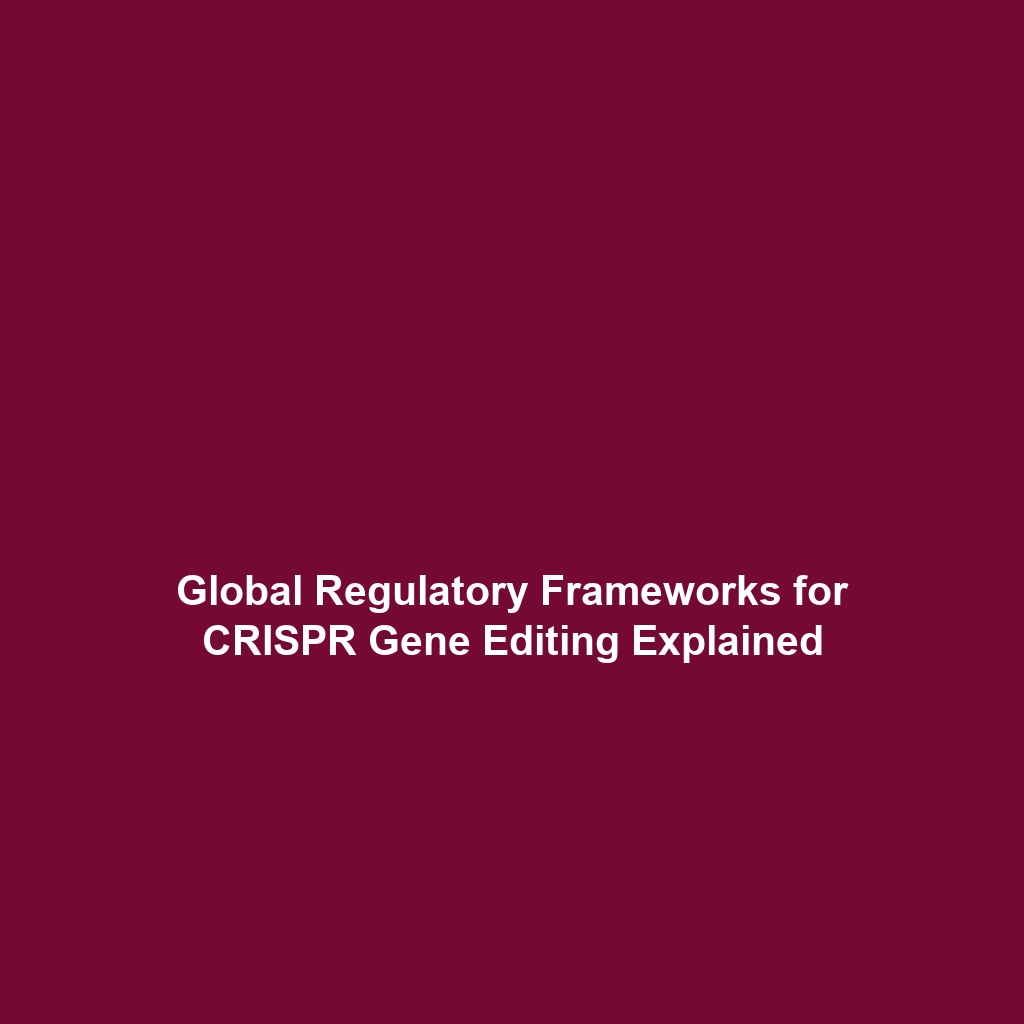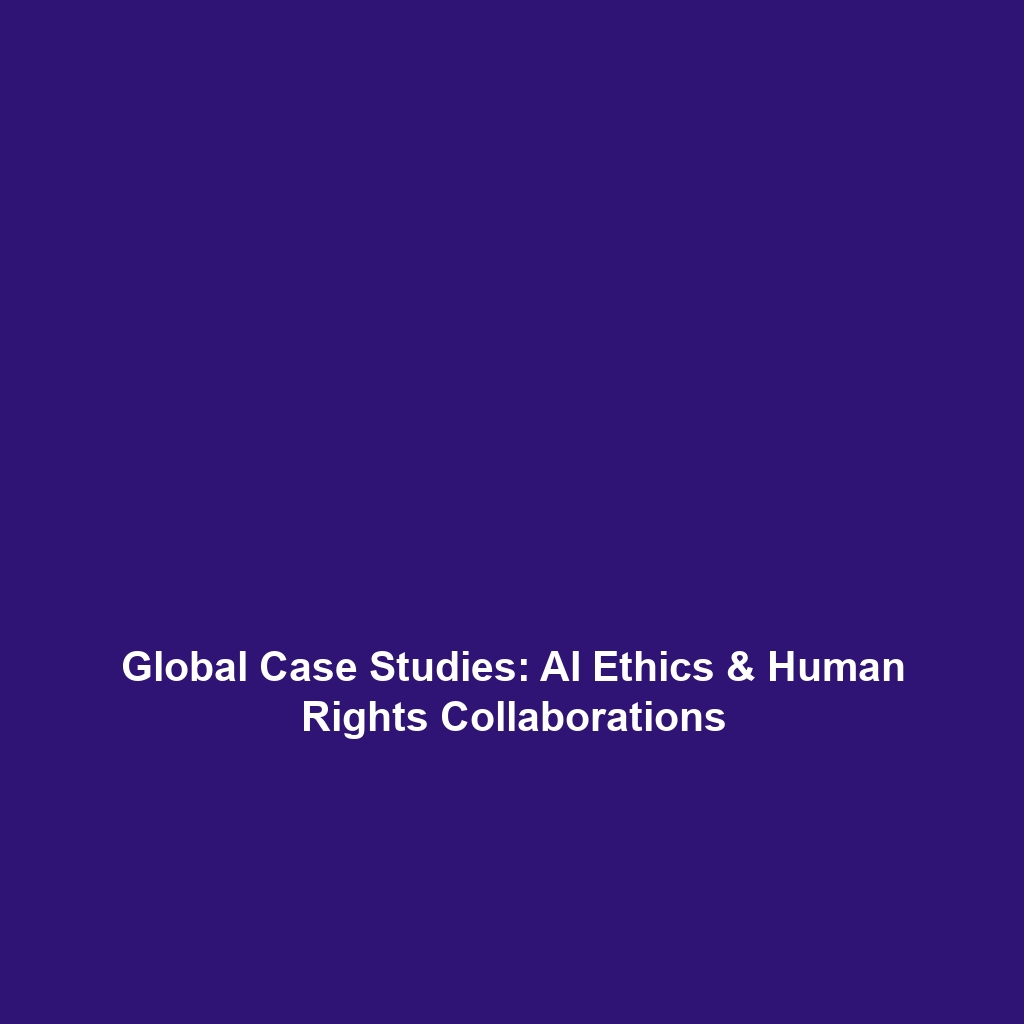Regulatory Frameworks for Gene Editing Worldwide
Introduction
As the field of CRISPR gene editing rapidly evolves, so too does the landscape of regulatory frameworks governing this transformative technology. Regulatory bodies like the FDA in the United States and the EMA in Europe play critical roles in ensuring that gene editing applications are safe and effective. Understanding these frameworks is essential for stakeholders in biotechnology, healthcare, and policy, as they shape the ethical and scientific discourse surrounding gene editing innovations.
Key Concepts
Understanding the critical principles behind regulatory frameworks for gene editing is necessary for comprehending their role in the broader category of CRISPR Gene Editing. Some of the major concepts include:
- Safety and Efficacy: Regulatory frameworks prioritize the assessment of both the safety and efficacy of gene editing applications.
- Ethics: Ethical considerations, particularly involving consent and long-term impacts on human genetics, are central to regulatory decisions.
- International Variability: Different countries and regions have unique approaches and timelines for gene editing regulations, significantly impacting global research and development.
Applications and Real-World Uses
The practical applications of regulatory frameworks for gene editing are critical in realizing the potential of CRISPR technology. Examples include:
- Medical Therapies: Regulatory assessments are essential for new gene therapies aimed at treating genetic disorders, with FDA guidance influencing clinical trial approvals.
- Agricultural Biotechnology: The EMA oversees the regulation of genetically edited crops to ensure food safety and environmental protection.
- Clinical Trials: Understanding the regulatory landscape aids researchers in navigating the complexities of conducting human trials effectively.
Current Challenges
Despite the progress in establishing regulatory frameworks for gene editing, several challenges persist:
- Complexity of Regulations: The intricate nature of existing regulations can create confusion for researchers and companies.
- Technological Advancements: Rapid advancements in CRISPR technology often outpace the current regulatory frameworks, leading to potential regulatory gaps.
- Public Perception: Misinformation and public concerns regarding gene editing’s ethical implications can hinder regulatory progress and funding.
Future Research and Innovations
As the regulatory landscape for gene editing continues to evolve, future research will likely focus on:
- Adaptive Regulations: Developing flexible regulatory approaches to keep pace with technological advancements in CRISPR.
- Global Harmonization: Efforts aimed at international collaboration to create consistent regulations across borders.
- Innovative Therapeutics: Exploring how next-gen CRISPR technologies can be effectively regulated while ensuring patient safety.
Conclusion
In summary, regulatory frameworks for gene editing across the world are pivotal to the future of CRISPR gene editing. They ensure the safety, ethical considerations, and efficacy of gene editing technologies while also paving the way for innovative applications. Stakeholders in biotechnology, healthcare, and policy must engage with these frameworks to foster responsible advancements in this field. For further exploration of related topics, visit our pages on CRISPR Applications and Gene Therapy Innovations.

